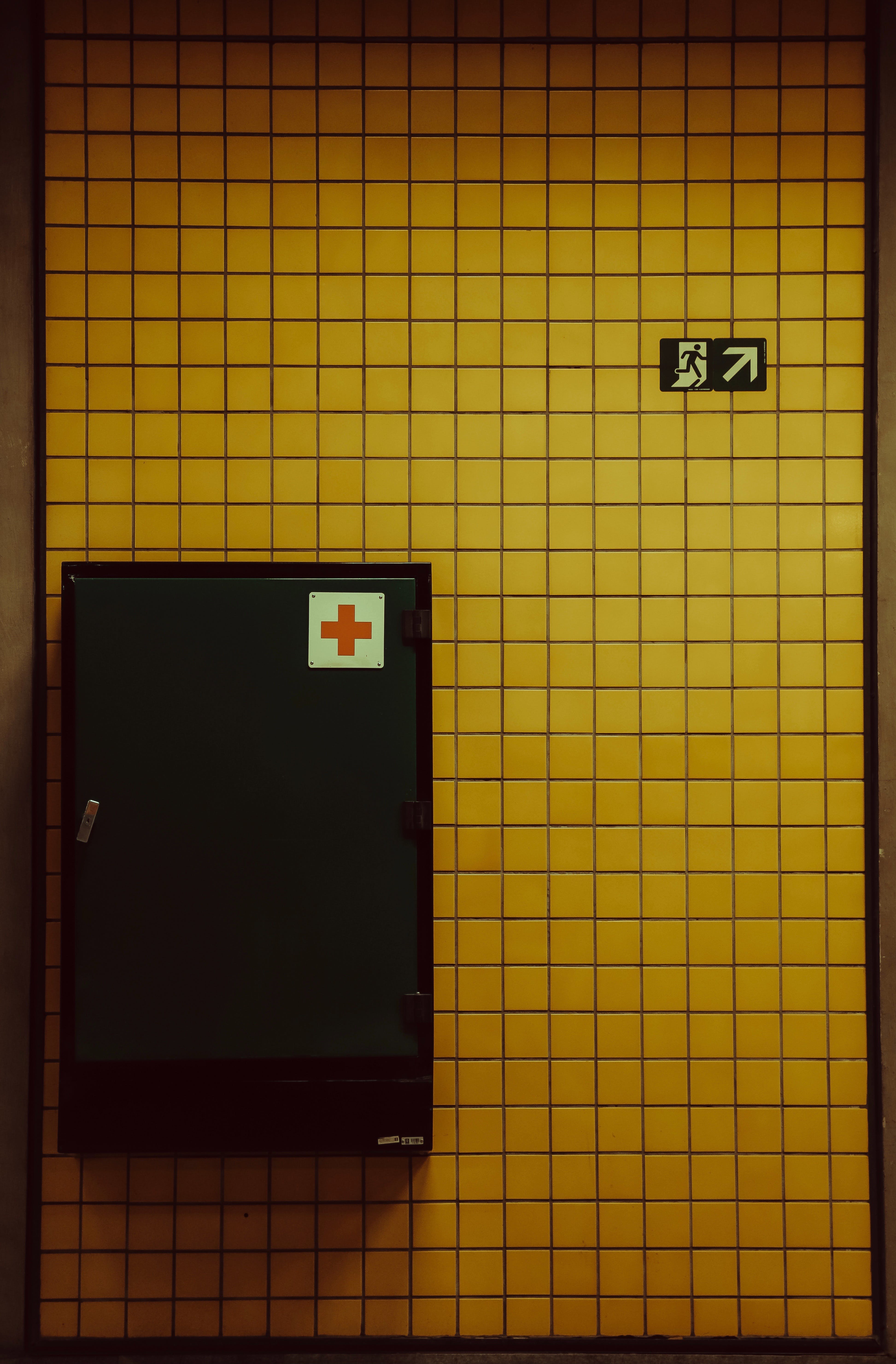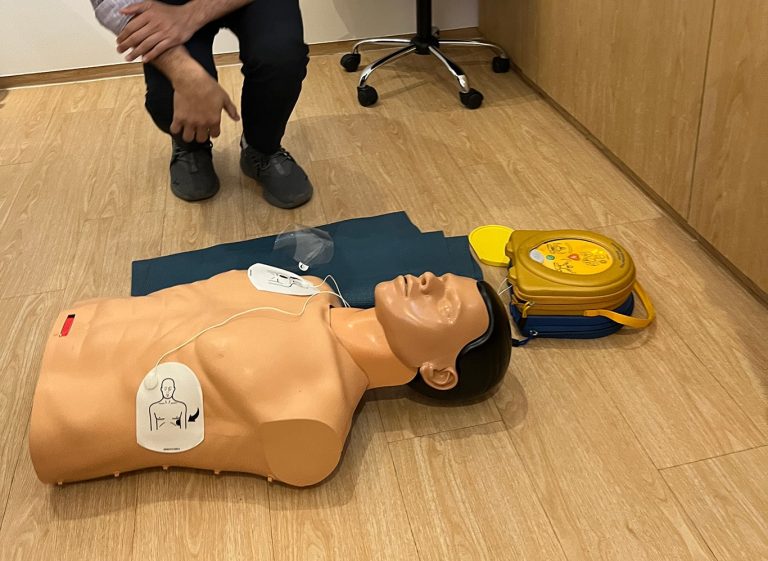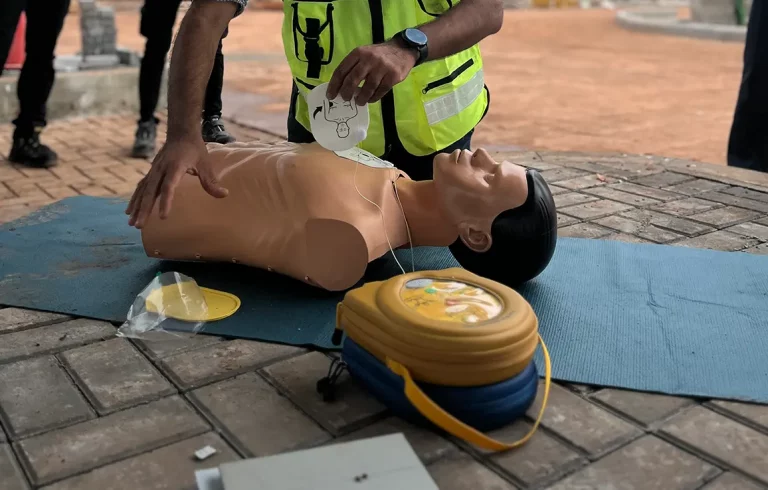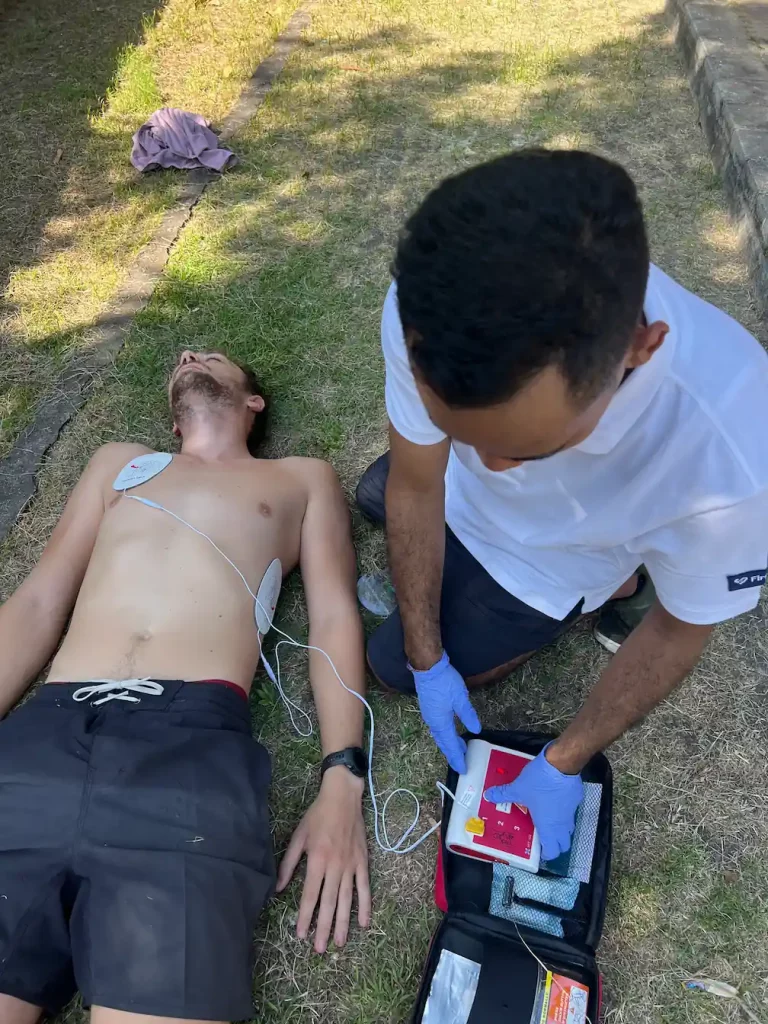Accidents can happen at any time, and being prepared with a well-stocked first aid kit is essential for every household. Whether it’s a minor cut, a burn, or a sudden illness, having the right supplies can make a significant difference in providing immediate care. Here’s a step-by-step guide on how to assemble an effective first aid kit for your home.
1. Choose the Right Container for your First Aid Kit :
Begin by selecting a durable and easily accessible container for your first aid kit. A plastic or resistant fabric with dividers is ideal for keeping items organized. Ensure that it is portable and can be stored in a convenient location.

2. Essential First Aid Items:
Include the following essential items in your first aid kit:
- Adhesive bandages of various sizes: For covering cuts, scrapes, and blisters.
- Sterile gauze pads and adhesive tape: To dress larger wounds.
- Antiseptic wipes or solution: For cleaning wounds.
- Scissors and tweezers: For cutting bandages and removing splinters.
- Disposable gloves: To protect against infection.
- Instant cold packs: For treating sprains and reducing swelling.
- Survival blanket: Be able to control a victim’s body temperature.
- Thermometer: To monitor body temperature.
We as professional first aiders have designed a perfect family first aid kit suitable for home emergencies or outdoor emergencies.
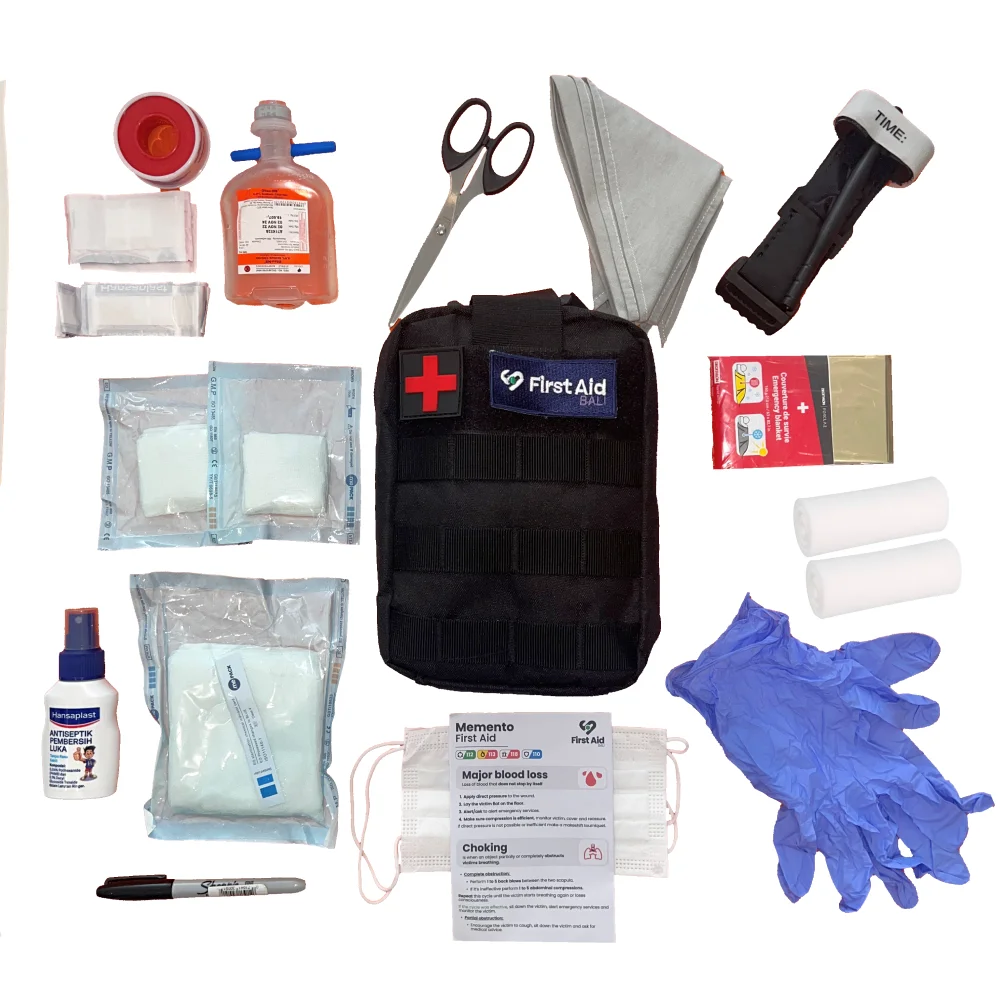
3. Specialized Items for First Aid Kits:
Consider the specific needs of your family members and include any necessary medications, such as EpiPens for severe allergies or prescription medications for chronic conditions. If there are young children in the household, add child-specific items like pediatric pain relievers.
4. Emergency Contact Information:
Include a list of emergency contact numbers, including local emergency services, poison control, and contact information for family members or neighbors. Having this information readily available can save crucial time in an emergency.
5. Personalize Your First Aid Kit:
Customize your first aid kit based on your family’s activities and any specific health concerns. If you enjoy outdoor activities, add items like insect repellent and sunscreen. For those with known allergies, include allergy medication and an allergy action plan.
6. Regularly Check and Update:
A first aid kit is only effective if it is up-to-date. Regularly check the expiration dates of medications and sterile items. Replace any used or expired items promptly to ensure your kit is always ready for use.
7. Educate Your Family:
Ensure that your family members are familiar with the contents of the first aid kit and know where it is stored. Teach basic first aid techniques, such as how to clean a wound or apply a bandage. Train your family with our Basic first aid training.
By taking the time to assemble a comprehensive first aid kit, you are investing in the safety and well-being of your family. Being prepared for emergencies at home can make a significant difference in the outcome of an injury or sudden illness. Remember to review and update your kit regularly to keep it ready for any situation. Stay safe!
